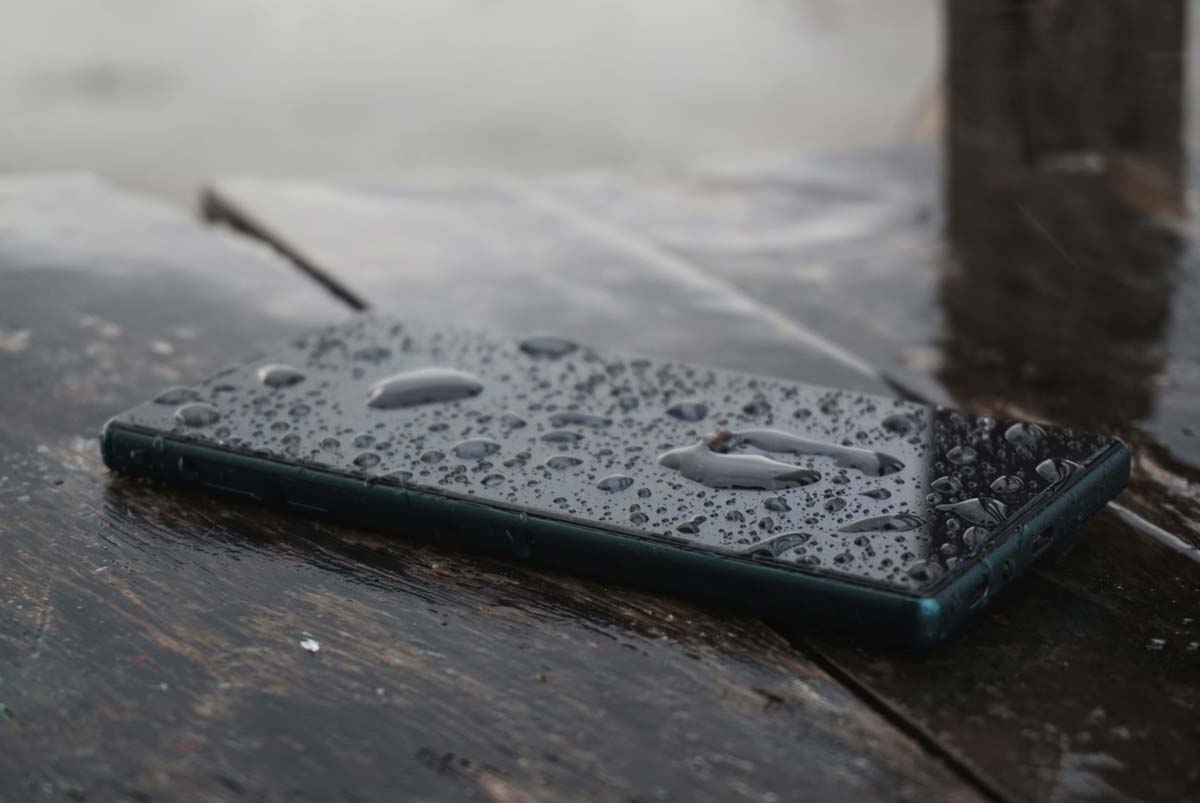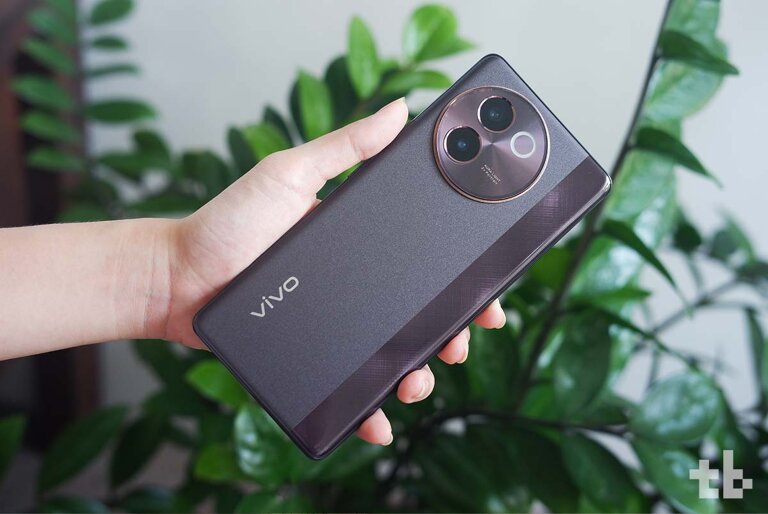Have you ever wondered what an IP68 rating on your phone means? While most devices come with an IP rating, not everyone knows what it stands for.
This guide will help you understand your device’s resistance to dust and water intrusion.
What is an IP rating?
The IP rating system, which stands for Ingress Protection, is a standardized way to classify a device’s protection against dust and water ingress. It was established in 1976 by the International Electrotechnical Commission (IEC).
Originally used for industrial settings, IP ratings have become a consumer mainstay. They’re now commonly found on smartphones, wearables, cameras, and more, providing a clear way for consumers to know how much punishment their devices can take.

What does an IP rating mean?
The IP code itself has two digits, preceded by the letters “IP.” Each digit tackles a specific type of ingress:
- First Digit: Solid objects (like dust)
- Second Digit: Liquids
Higher numbers mean better protection. Meanwhile, an “X” in place of a digit means the device wasn’t tested for that specific condition.
Let’s break down what the typical digits mean:
Solid Object Defense (First Digit):
- 0 – No protection
- 1 – Block objects bigger than 2 inches
- 2 – Keeps out objects larger than half an inch
- 3 – Shrugs off objects like wires
- 4 – Most dust gets blocked, but some might sneak in
- 5 – Dust-proof operation
- 6 – Completely dust-tight
Liquid Protection (Second Digit):
- 0 – No protection
- 1 – Dripping water won’t cause harm
- 2 – Handles water sprayed at an angle
- 3 – Sprays from any direction are no match
- 4 – Water splashes are a breeze
- 5 – Powerful water jets don’t stand a chance
- 6 – High-pressure water jets are no problem
- 7 – Temporary submersion up to 1m for 30 minutes
- 8 – Withstands continuous submersion under specific conditions (usually up to 1.5m for 30 minutes; manufacturer must specify depth)
- 9 – Full protection to close-range, high-pressure, and hot water jets
Examples:
- IP54: Protected against dust and splashes (Common for outdoor speakers)
- IPX7: Dust-tight and submersible for short periods (Common for fitness trackers)
- IP68: Dust-tight and survives continuous submersion for a specified depth and time (Common for some high-end smartphones). It’s not for swimming, but some devices can survive submerged in shallow water.
Remember, IP ratings are a guideline. For specifics on what your device’s IP rating can do, always consult the manufacturer’s manual.




